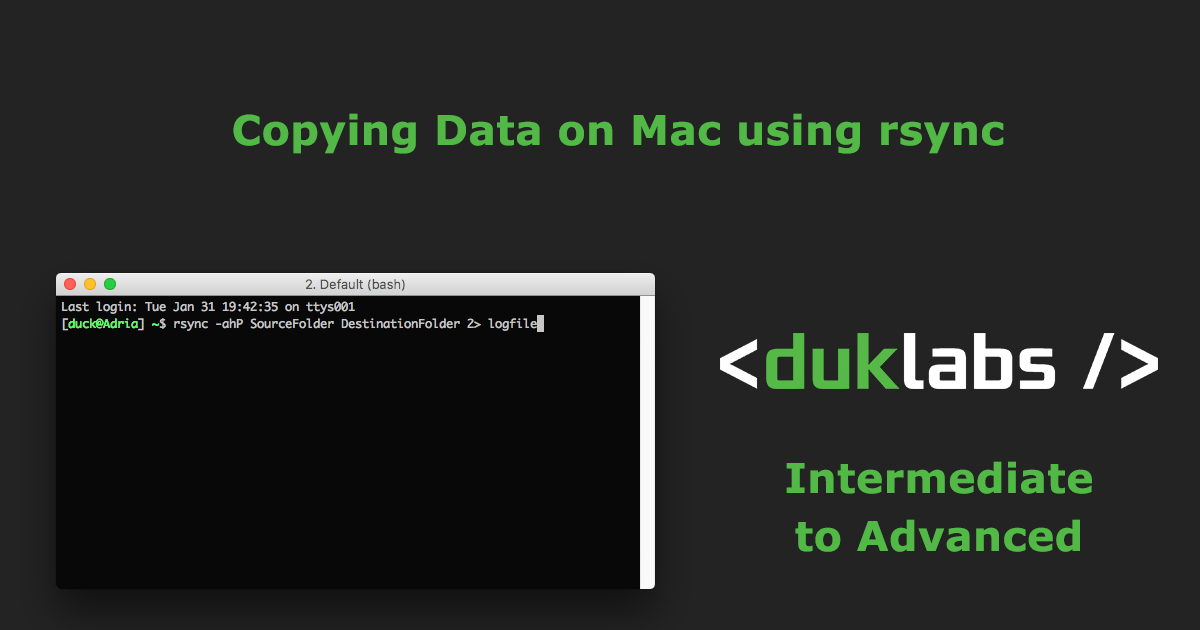I’ve done this as both a Mac and PC guide, the PC way of doing it is actually a little easier (but I use a paid program for it).
I’m on a 100mbit connection with a 720p iSight camera on my MacBook, so it uses about 500KiB/s of uploads (+ whatever the person I’m talking to is sending me back) which turns out to be something like 2gb an hour. This being said, Skype runs just fine on 50-100KiB/s.
When you turn on the speed cap thing, give it a minute or so and Skype will automatically adjust the video quality to suit the bandwidth available to it, so set your limit, then chill for a bit and see if you’re getting the quality you want
Mac
You’ll need a program called Entonnoir (it’s a free one).
Download it, and pop it in your Applications folder.
In Skype, go to Preferences and check the port number under the advanced tab.

Now, in Entonnoir, hit the + button, set the port number to the same as the one in your Skype Prefs and set your limits.

PC
I use a program called NetLimiter. It is glorious and I use it a lot for scheduling downloads (like game downloads through Origin/Steam where there’s no scheduling function built in) to run during off-peak download times.
Simply open up NetLimiter, tick the button next to Skype and enter a limit in.
If you know of a free equivalent for NetLimiter, post it in the comments!








